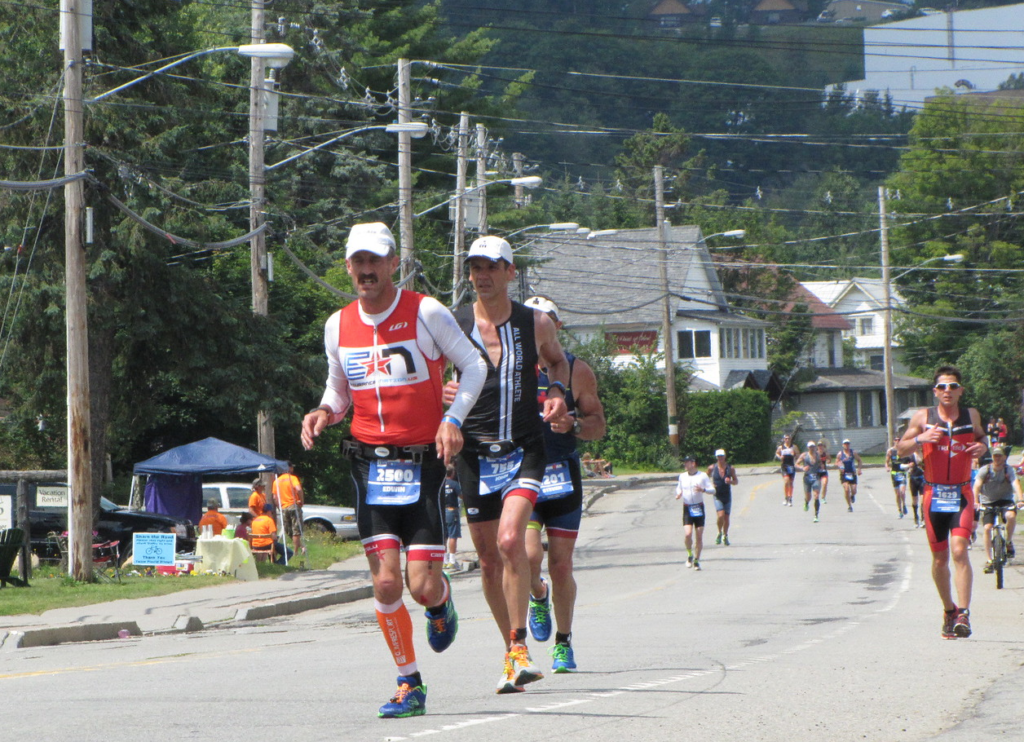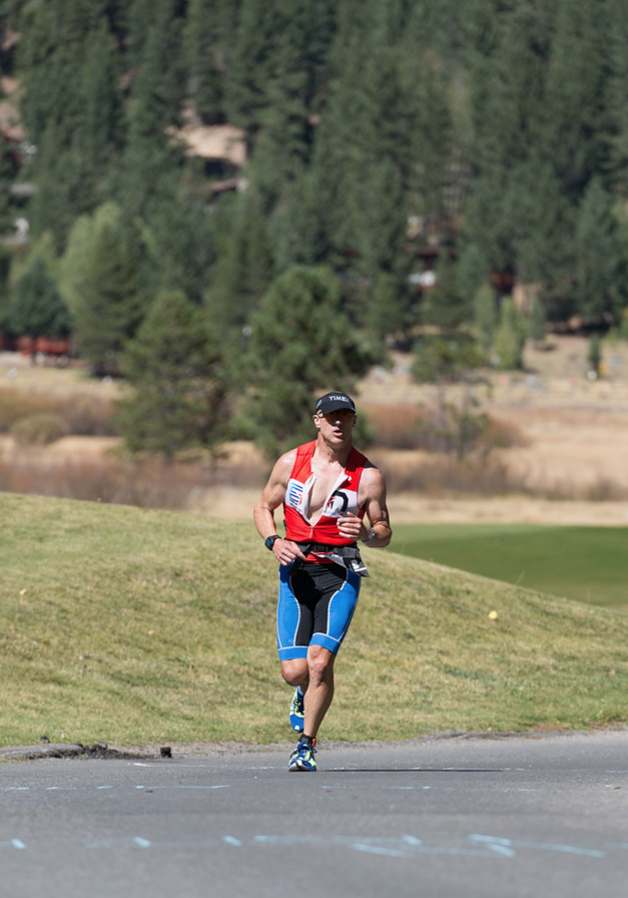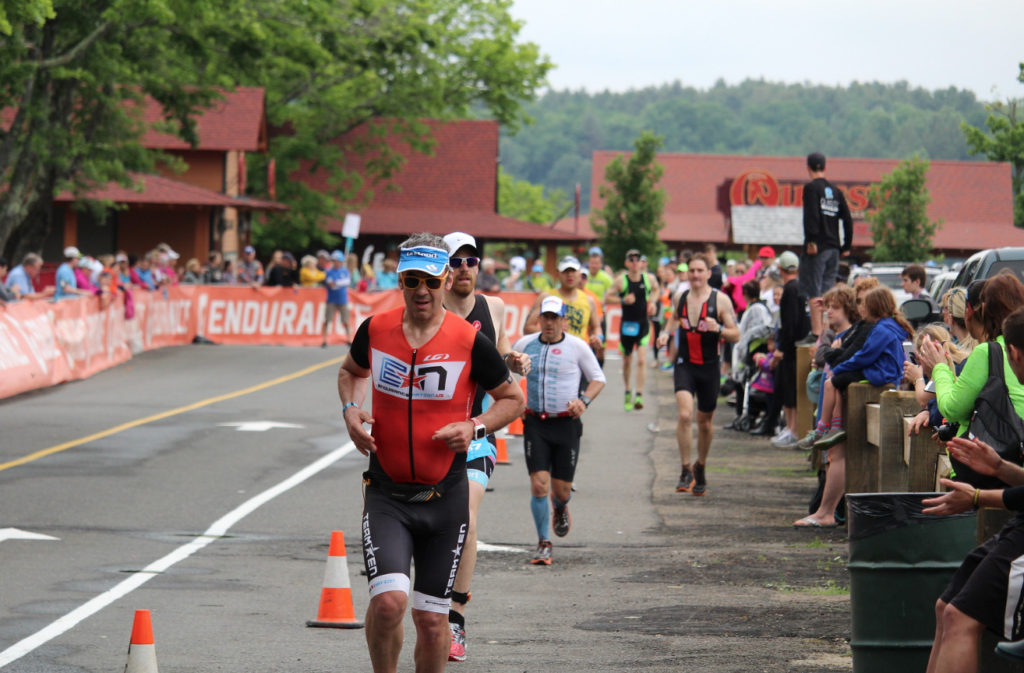Written by Rich Strauss, 10-time IRONMAN Finisher & Endurance Nation Coach

Most triathletes spend the majority of their season training the run for a specific outcome. They have a set time in mind, a specific goal. They define the goal, and then reverse-engineer the training using intensity and volume as levers to create the fitness that will allow them to run fast.
Unfortunately for these athletes, race day does not care what your goals are; it doesn’t care what your best run was in training. The performance of race day is dictated by an entirely different set of factors, the conditions under which you trained. Before you get disappointed on race day with yet another sub-par run, here’s some “big picture” guidance on how to make the most of your next racing experience.
It All Comes Down to the Run
Swim times this, bike times that. If anything is going to ruin the race, it’s going to happen on the run. When it goes wrong, your nine-minute per mile pace quickly goes to a twenty-minute per mile. Walk just three miles on race day and you can easily add more than 30 minutes to your desired finish. Compare that damage to a slightly slower swim, or five minutes slower on the bike, and you can see how proper pacing of the run is critical.
A Successful Run is All About Not Slowing Down
When you get off the bike and start running on race day, your body is going to have two distinctive zones: Happy Zone (where you can run) and the Unhappy Zone (which is work, a level that you can sustain for only so long).
Your job as a competitor is to keep yourself in that happy zone for as long as possible. Remember, you can only sustain the unhappy zone for so long. The ability to sustain time in the unhappy zone is predicated on your fitness, your pacing on race day, how well you have fueled your body, and your mental toughness. If you have a shortcoming in any one of those areas on race day, the degree of difficulty increases significantly.
Use Your Heart Rate as a Guide
The most effective way of keeping yourself in the “happy zone” on the run is to simply carry your average heart rate from the bike into the run. Doing so will ensure that your effort does not substantially change as you transition to running.
This effectively gives you a window to fuel and manage the physiological transition from cycling to running. Not only does the workload change, but you also have a different physical experience when running versus when you’re on a bicycle. Give yourself a few miles to adapt to the run load before picking up the effort, and you will be better able to handle the conditions on race day.
Remember Everyone Else is Going to Slow Down
The vast majority of the competition is not pacing properly. They are not feeling well. They didn’t ride the bike with their head. As a result, no matter how fast they are going at the start of the run, they will not be going that fast at the end.
Do not get into a competition with people who don’t know how to race like you do. Instead, focus on being steady and smart. At some point in time on race day, the tides will turn and other athletes will start to come back to you. In a Half, this is typically around mile eight. In an IRONMAN, this is usually around mile 18. This is where your race begins; you need to decide how hard you want to go relative to your goals and your ability to sustain that hard effort.
Remember that you are firmly in control of your performance on race day. But that performance may not match exactly what you had hoped or trained for. Divorcing time and/or speed expectations from your racing mentality will allow you to focus on the process that will create the run time you deserve. Good luck!
About Endurance Nation: Endurance Nation seeks to educate athletes on how to execute triathlons. Through their team coaching method, they are able to successfully help thousands of athletes a year execute triathlons like the elite! With their proven FirstTimeFinish™ Guarantee for members that states; train with EN for a minimum of 3 months for your first iron distance race with EN (whether it is your 20th or 1st ever) and if for any reason you do not cross the finish line, Endurance Nation will pay you cash for the registration of your next iron distance triathlon up to $700. That act of confidence in the team coaching ability in unprecedented. Endurance Nation believes in saving you time and money, so you can balance training and your personal time simultaneously.



